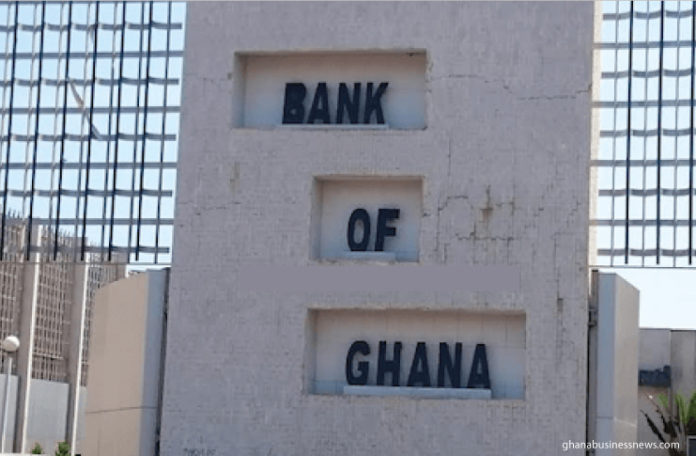The 2019 banking sector soundness index recorded the highest levels seen over the past two decades based on a review of the financial sector conducted in 2019 and released by the Bank of Ghana on September 30, 2020.
According to the Financial Stability Review Report, this high level of soundness was as a result of a growth in capital buffers, improved liquidity and a boost in the quality and earnings of assets. This saw a banking sector leverage ratio of 7.84 percent at the end of December 2019 which exceeded the minimum statutory requirement of 6 percent.
“The index showed that, the general stability and soundness observed in the banking sector in 2019 is the highest over the past two decades. The observed developments were mainly driven by an expansion in capital buffers, an enhanced liquidity stance and an improvement in asset quality and earnings”.
The report said that solvency and liquidity conditions in the sector were doing extraordinarily well and added that earnings and asset quality had seen improvement as compared to the levels recorded in December 2017.
The improved status of liquidity levels was credited to the increase in long-term deposits following the clean-up of the banking sector as well as the increase in cash and balances owed to banks as a result of the recapitalisation exercise.
“The solvency and liquidity conditions were among the best performing indicators over the past two decades while efficiency, earnings and asset quality levels improved from December 2017 values.”
The statement additionally established that solvency levels in the banking sector were far above minimum regulatory levels as at 2019. From the figures provided, regulatory capital to risk-weighted assets (CAR) stood at 20.92 percent, while Regulatory Tier 1 capital to risk-weighted assets (Tier 1 CAR) stood at 19.14 percent as at the end of December 2019. The report said that though these figures had virtually remained the same as those recorded in 2018, they were much higher compared to the levels at the end of December 2017. The improvements in the CAR were estimated to be the result of the increase in minimum capital requirement for banks from 120 million Ghana cedis to 400 million Ghana cedis, as well as the support given to failing banks and the gradual shift of banks’ resources to less risky assets.
“The banking sector solvency indicators were well above their regulatory minimum in 2019.”

General profitability within the banking sector was also reported to have seen growth in the year under review. The report said that Return-on-Equity (ROE) had increased from 27.70 percent at the end of 2018 December to 28.65 percent at the end of December 2019. A similar growth trend was recorded in the Return-on-Assets (ROA), which had increased from 2.26 percent at the end December 2018 to 2.87 percent in December in 2019. The increase in profits was ascribed to the increase in the net-interest income. The report was hopeful that the growth experienced would be of great help to banks in their efforts to acquire capital and also maintain the stability of the banking sector.
“Profitability within the banking sector improved during the year under review.”
The report went on to say that the reduction in the credit default rate had resulted in a significant improvement in the asset quality of the financial sector. From the findings, Non-performing loans (NPLs) to gross loans decreased from 18.19 percent at the end of December 2018 to 13.94 percent as at the end of December 2019. NPLs net of loan-loss provision to capital dipped down from 11.19 percent at the end of December 2018 to 5.74 percent at the end of 2019. A decline in the stock of NPLs was seen as the main cause of the reductions recorded along with increased credit growth, loan-loss write-offs and loan recoveries.
“Asset quality of the banking sector has improved remarkably on the back of a significant reduction in the credit default rate.”
By the reports assessment, the banking sector was doing considerably well and that the industry had remained resilient, stable and secure for the year 2019 with financial soundness indicators showing that the sector had marked a general improvement over the past few years. It added that the Bank of Ghana seeks to strengthen the corporate governance and risk management systems of banks through the implementation of its Corporate Governance Directive to ensure that these successes continue to be chalked.























